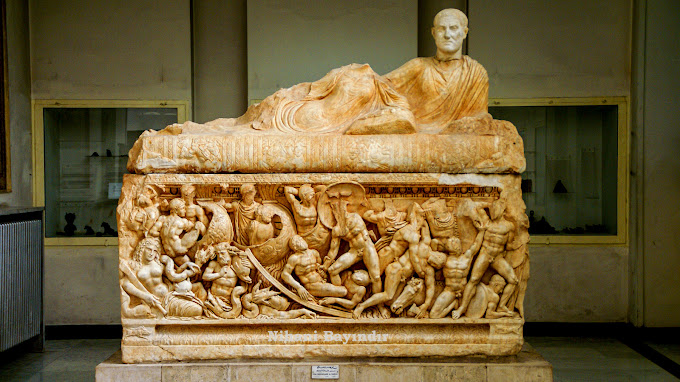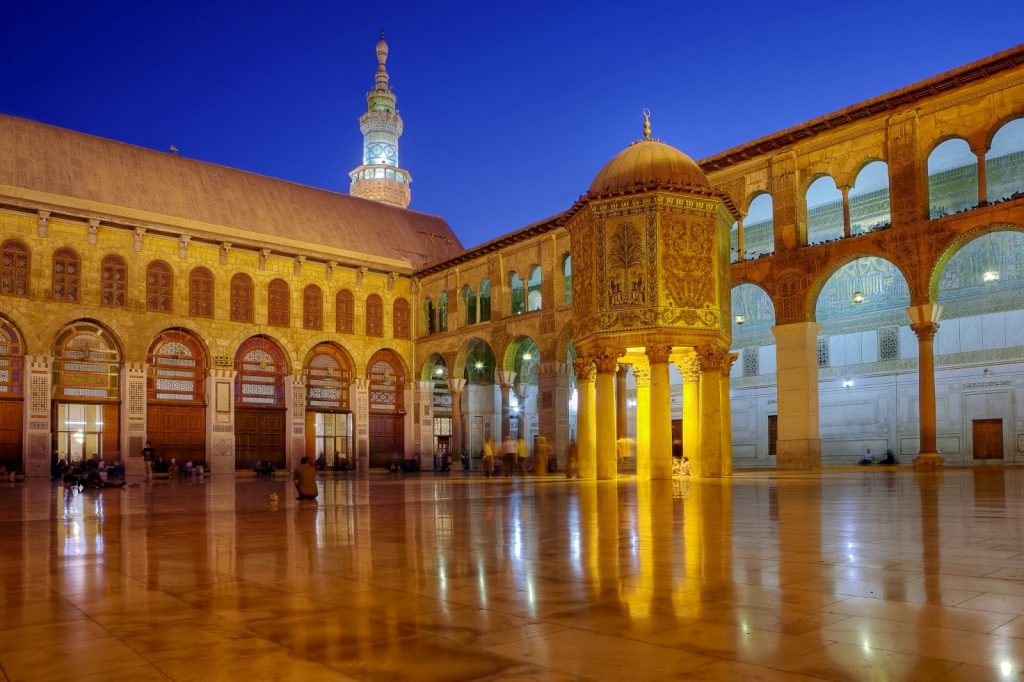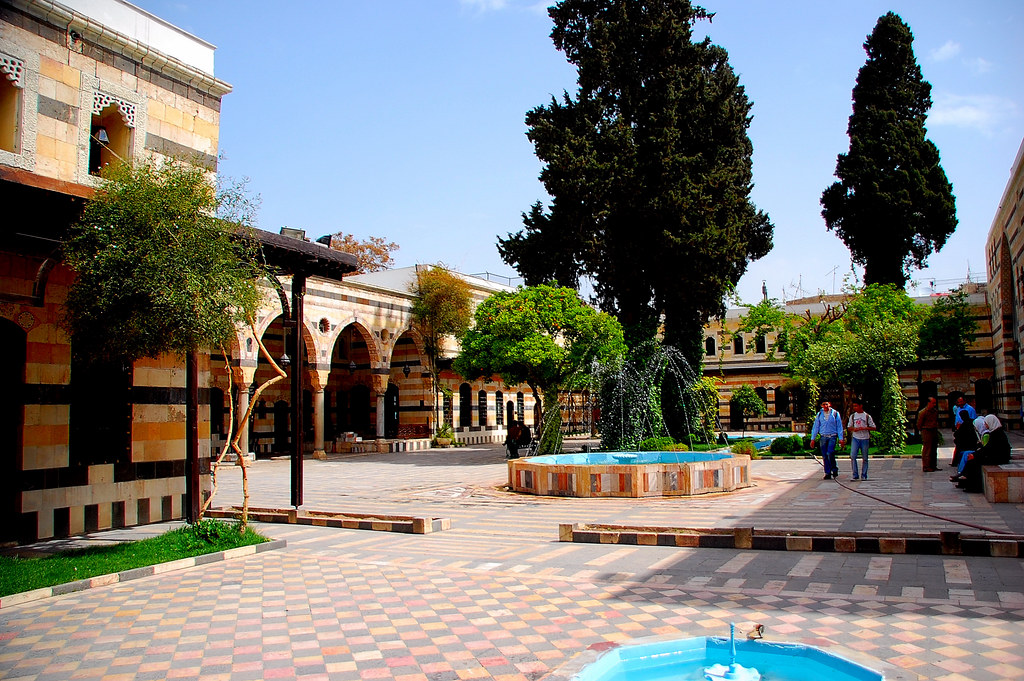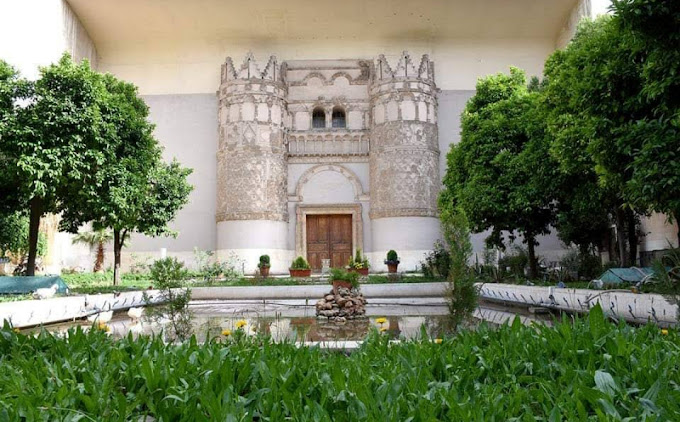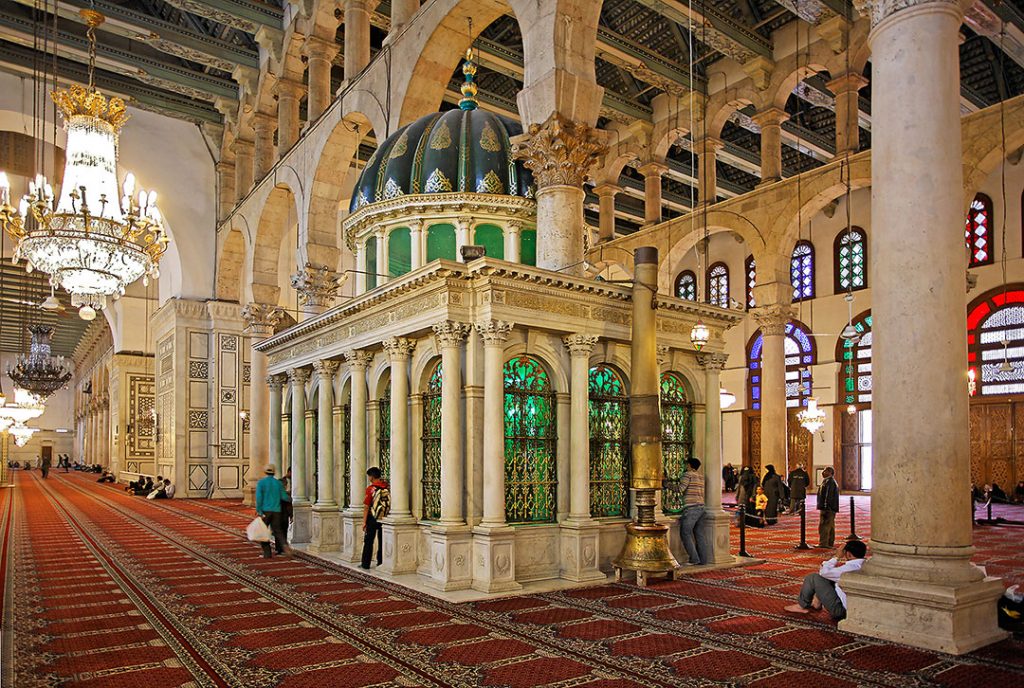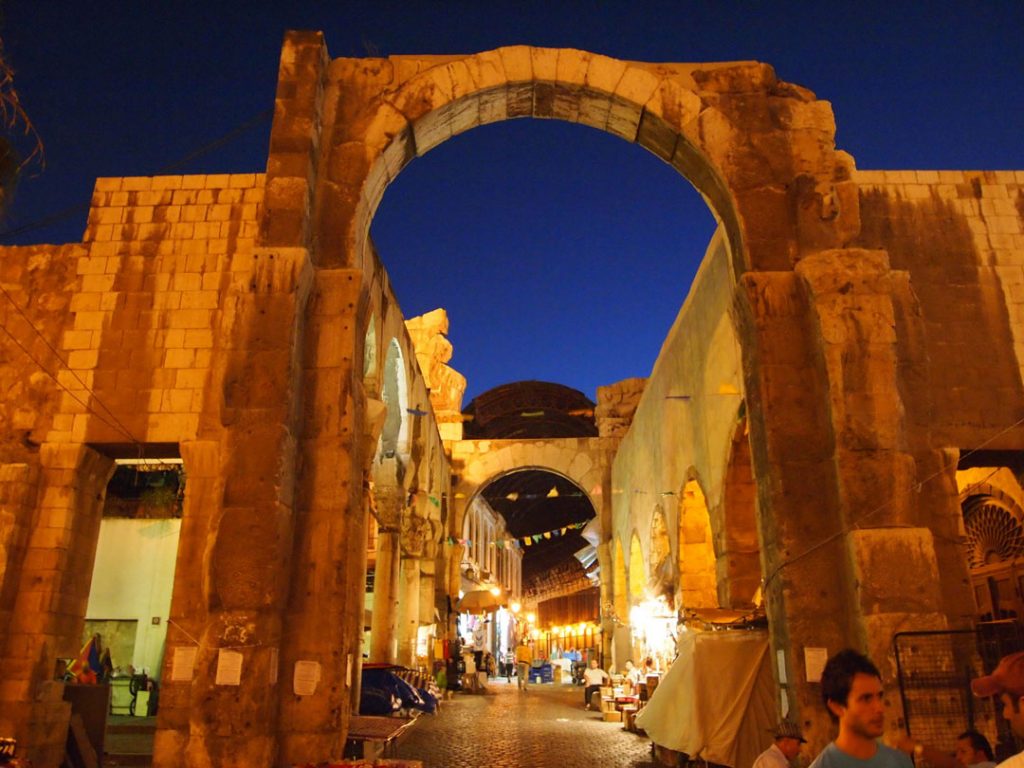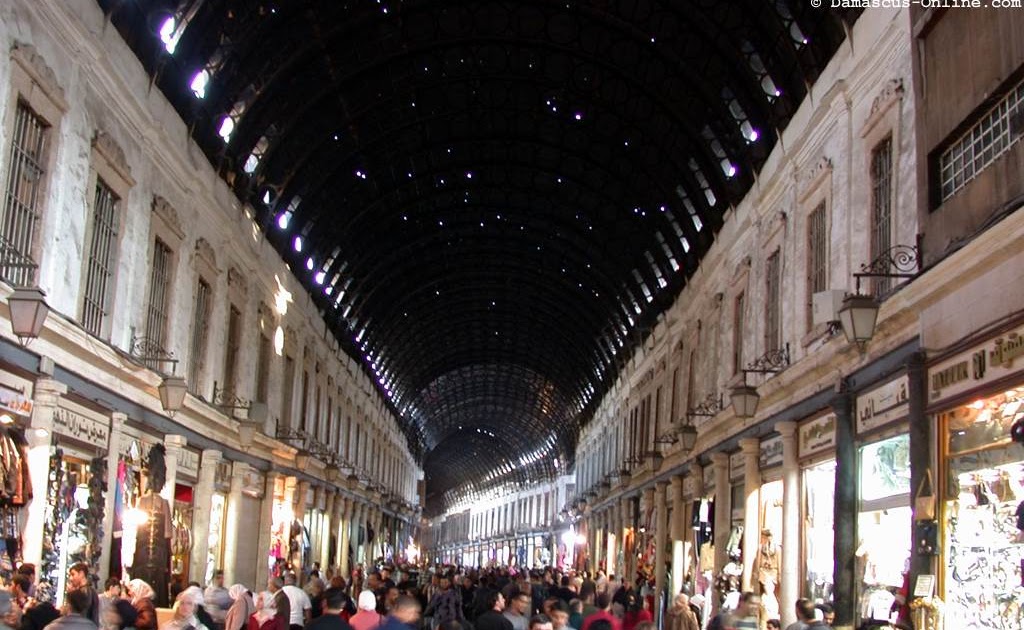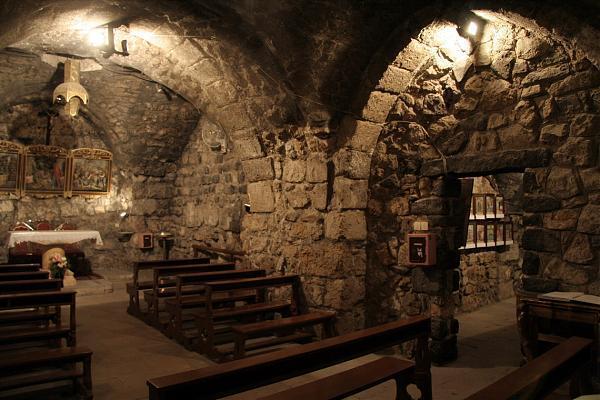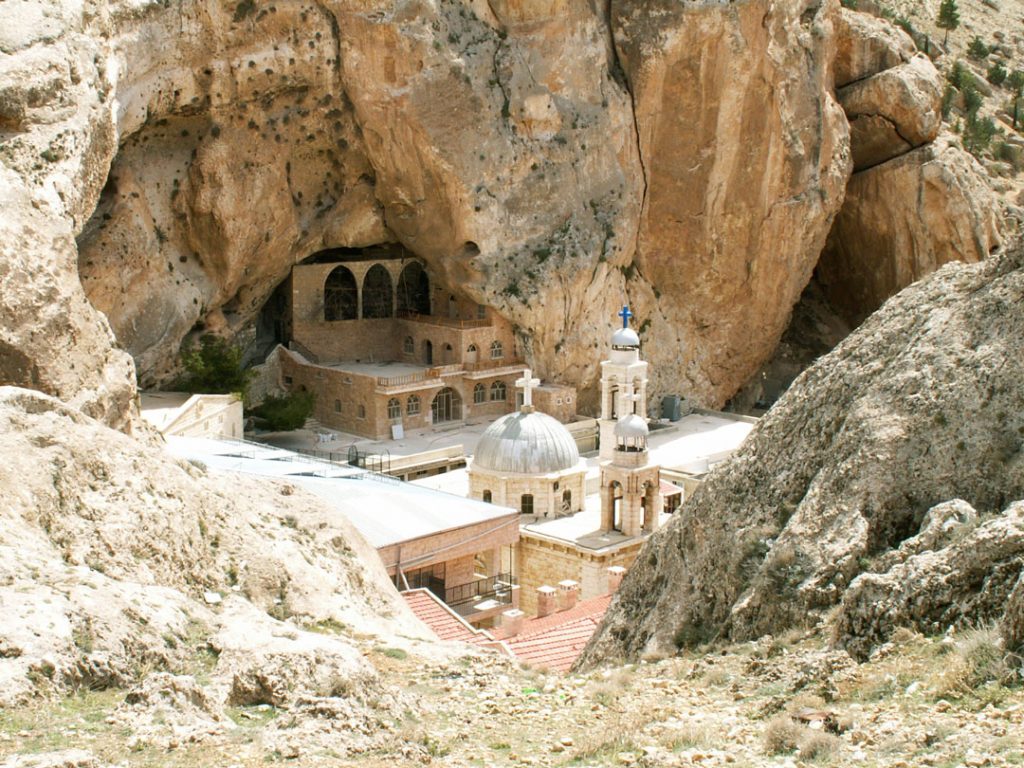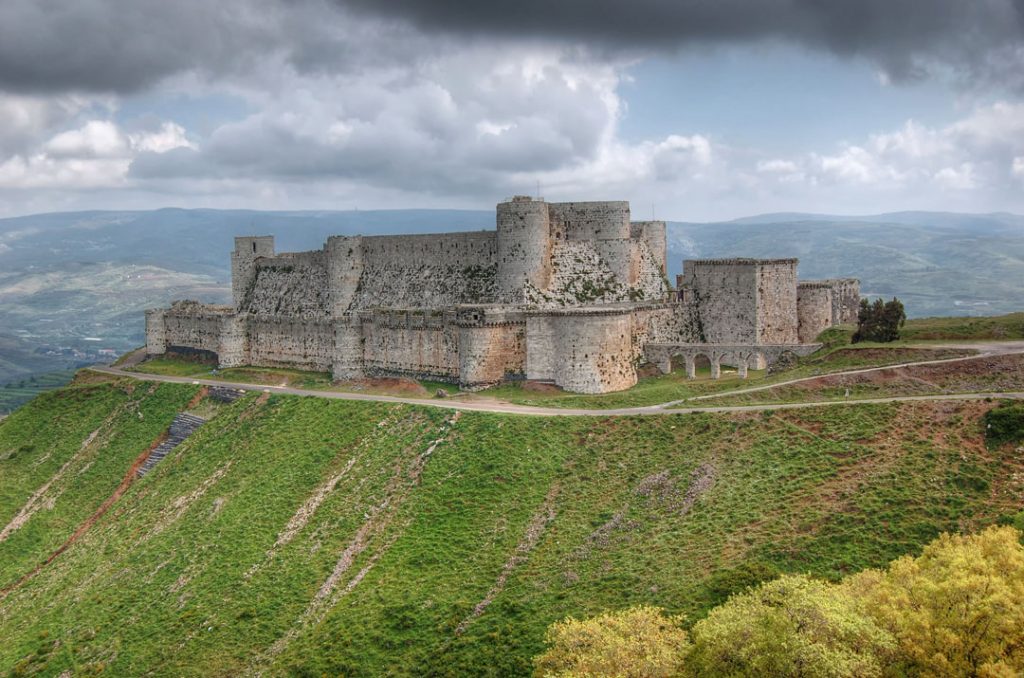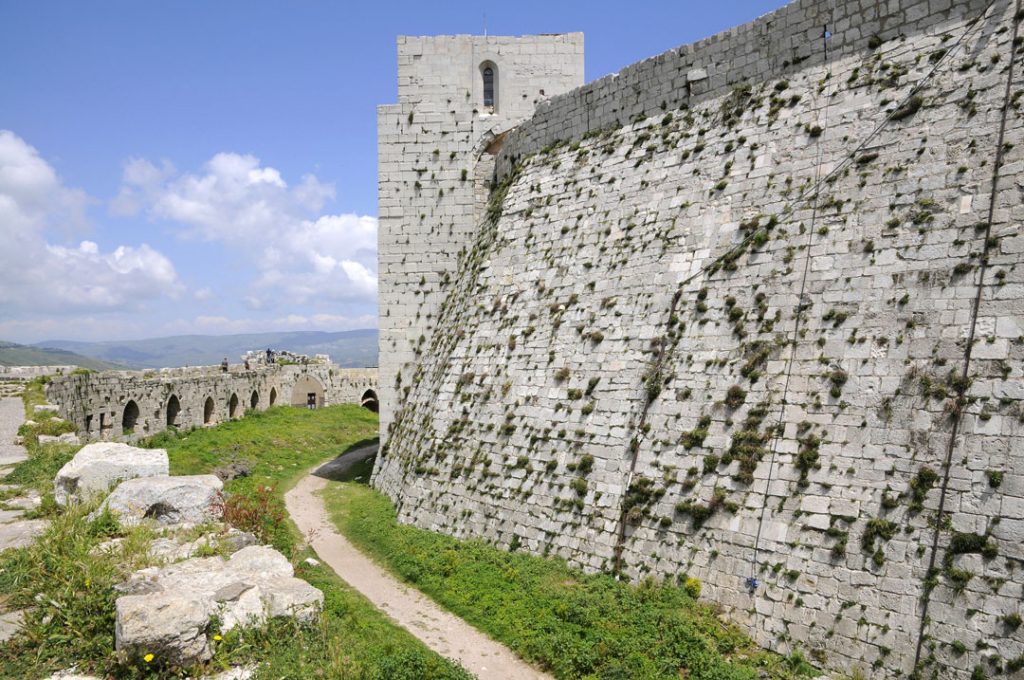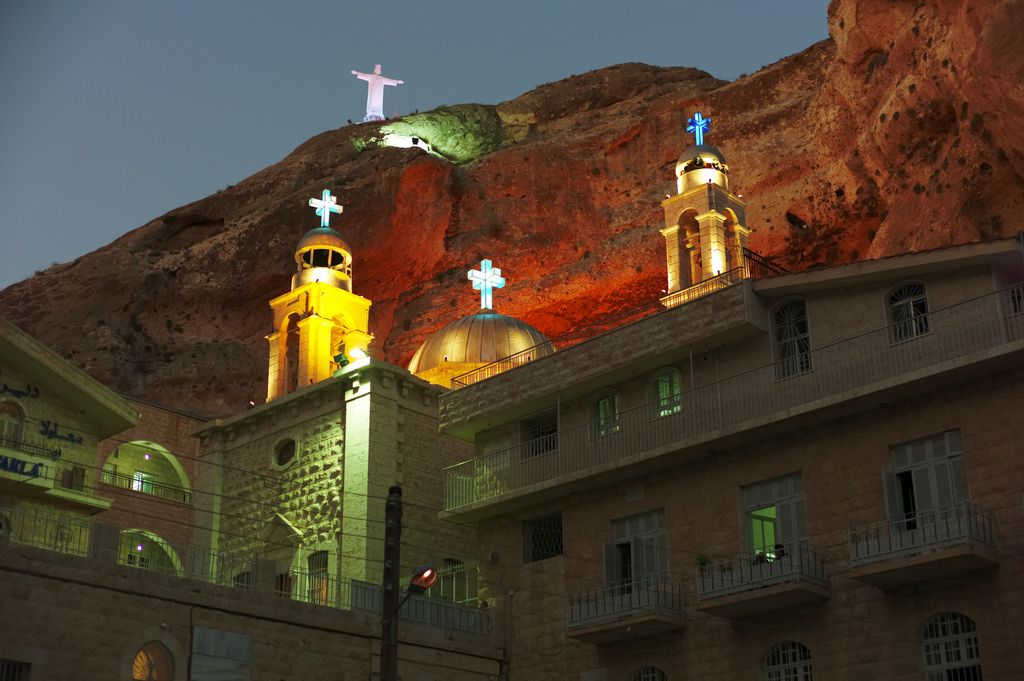4 Days – 3 Nights
Arrival – Transfer to Damascus – overnight at the hotel.
When your plane lands in Lebanon, a driver will be waiting for you at the airport or around Beirut to get you to the Lebanese-Syrian borders. After crossing the borders the car will get you to the hotel in Damascus.
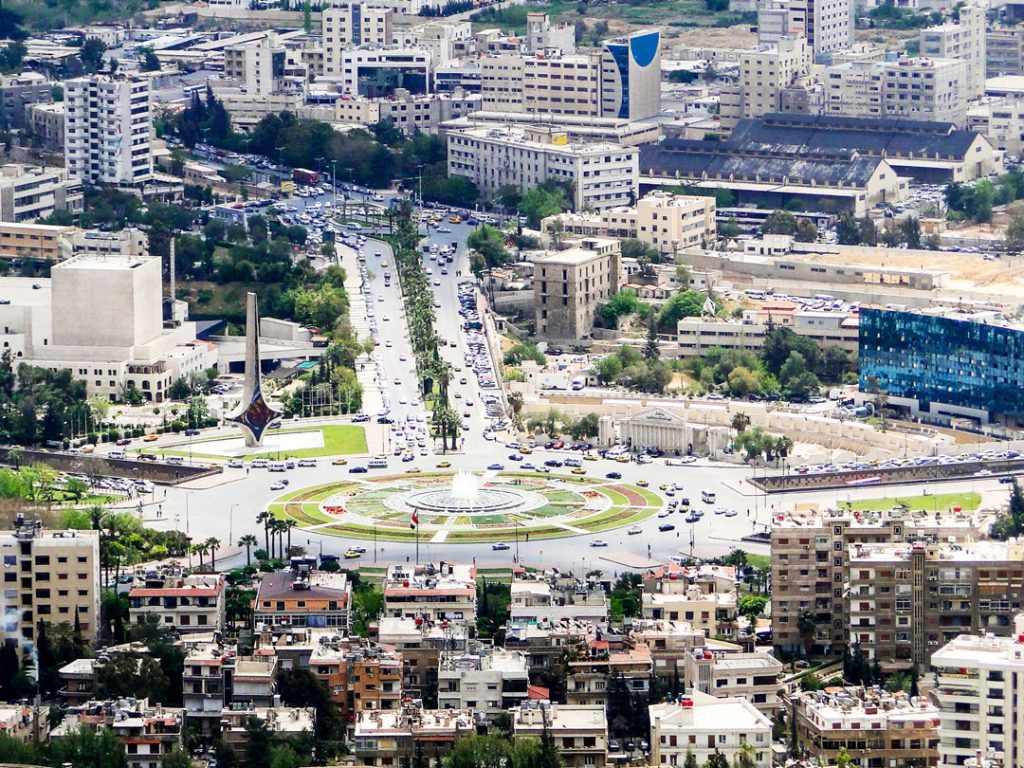
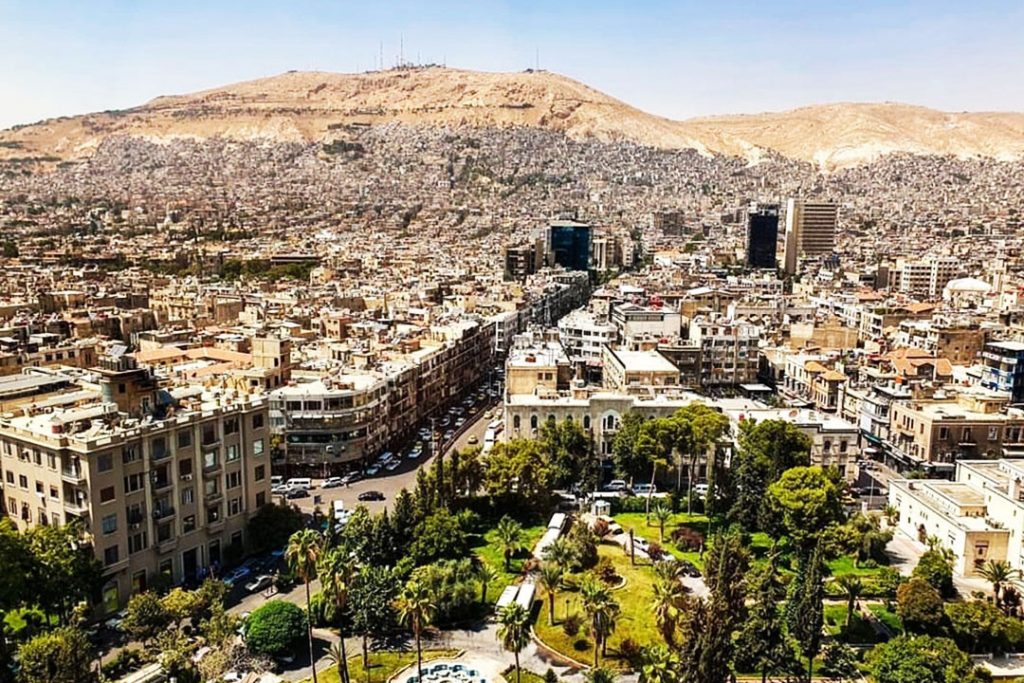
Meet our guide in the Hotel, then The tour starts with our guide to taking you. To the following sites:
